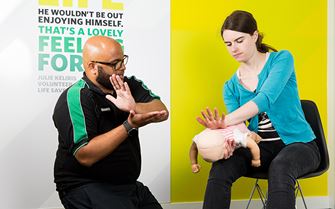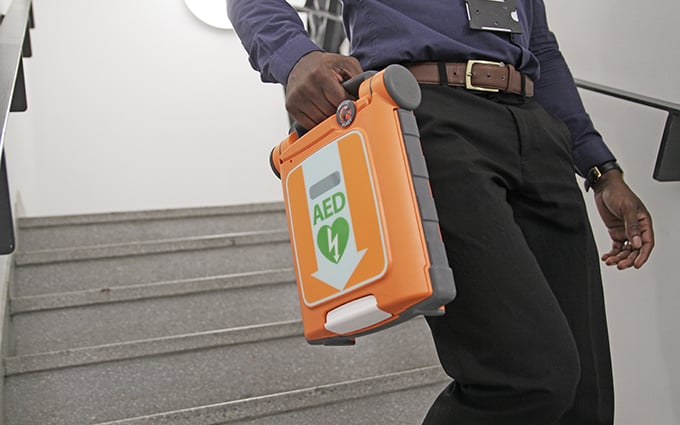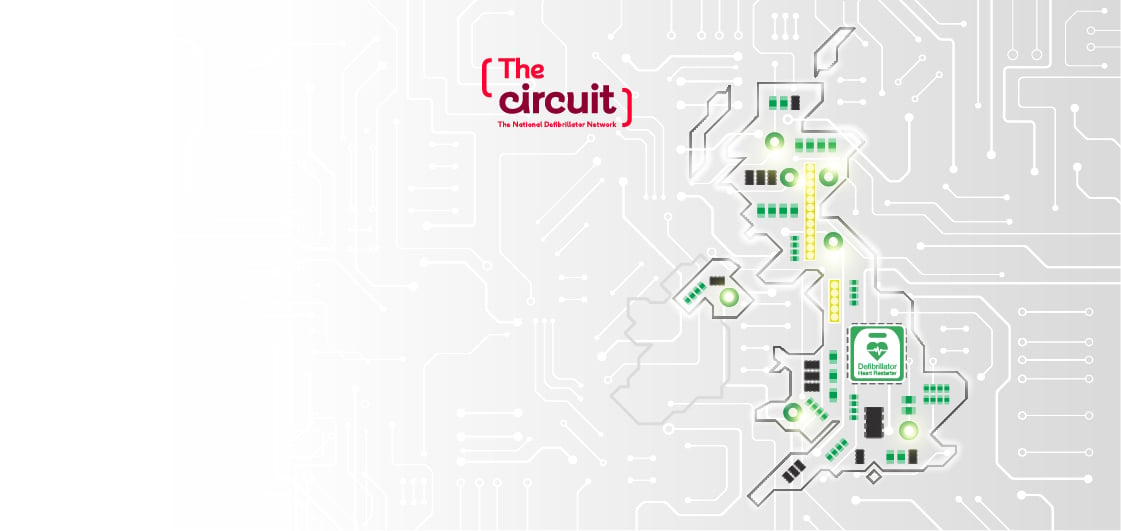CPR stands for cardiopulmonary resuscitation. It combines chest compressions and rescue breaths to give a person the best chance of survival following a cardiac arrest.
If an adult is unresponsive and not breathing normally, you still need to call 999 or 112 for emergency help and start CPR straight away.













